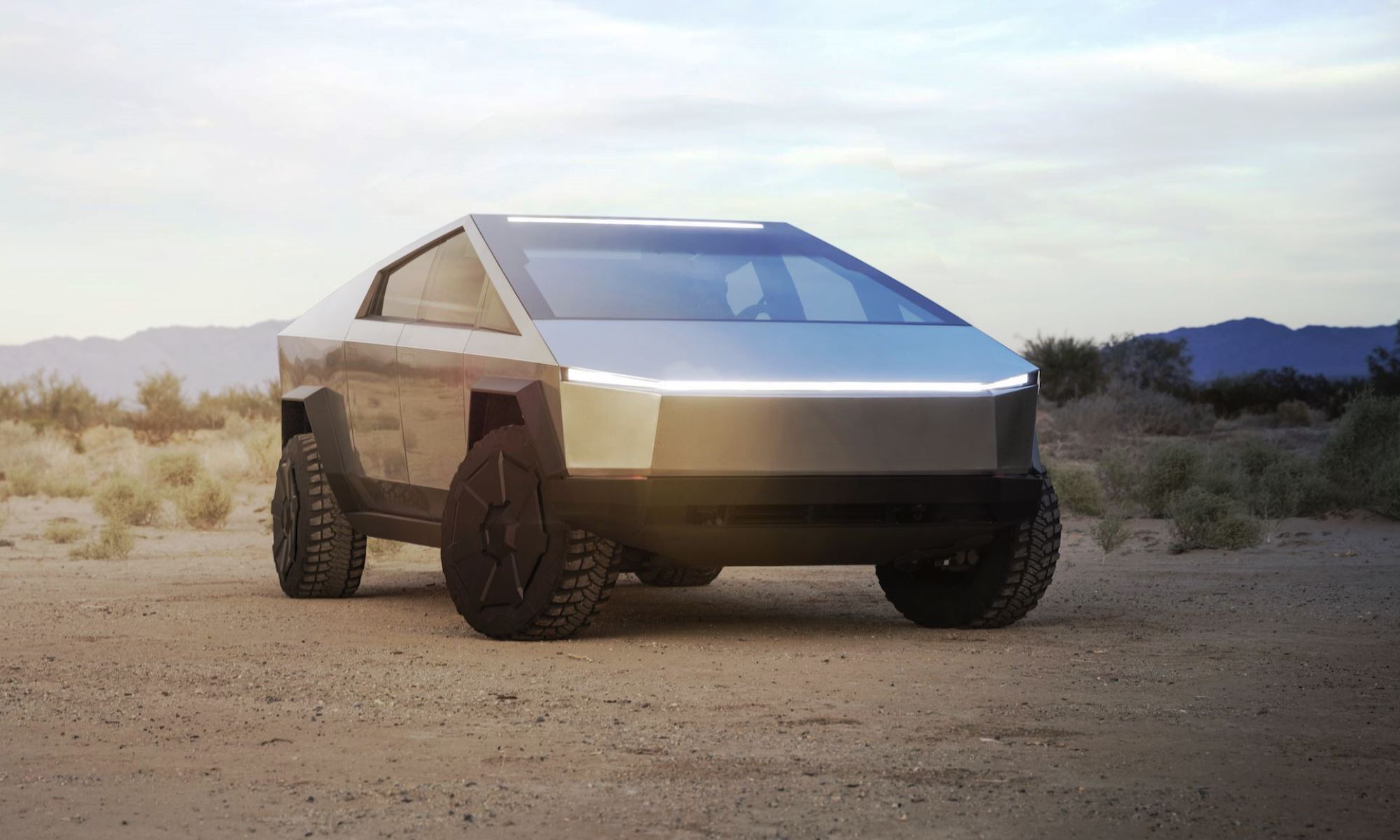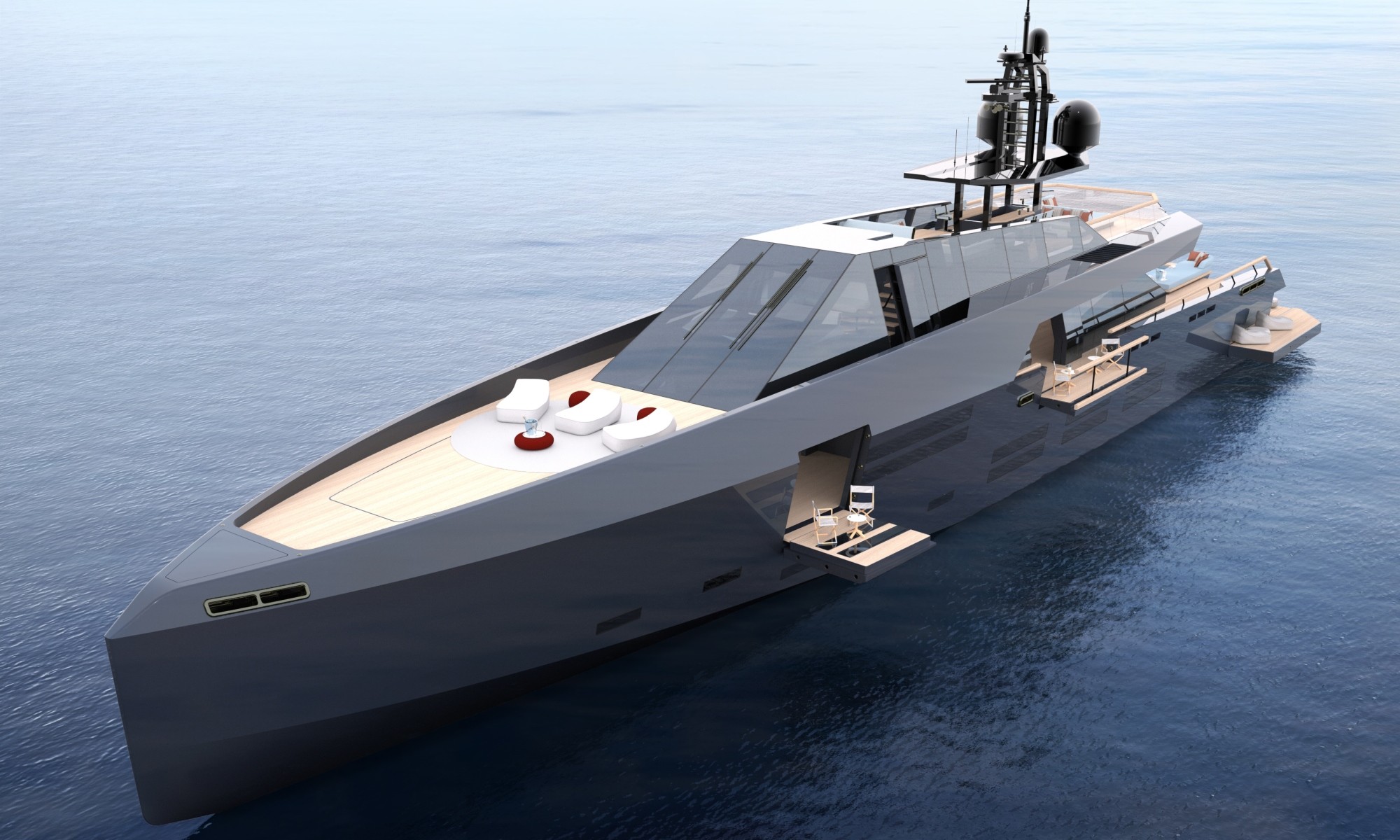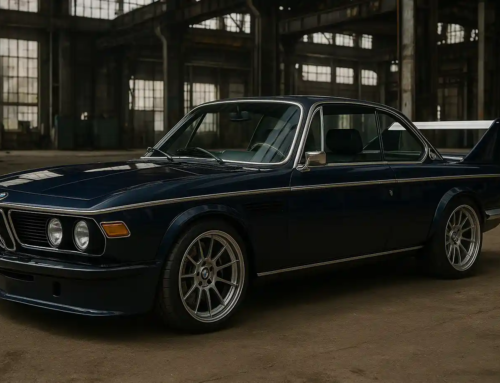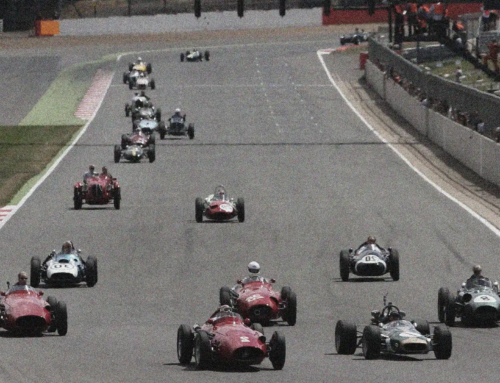This opinion piece, Tesla Cybertruck – A Designer’s Perspective, was sent to us by former motoring journalist and design and futurist enthusiast, Wayne Batty, It brings some much-needed light to polarising appearance of the recently launched Tesla pick-up. And he tweaks the design just for good measure (opening pic).
Cybertruck is so divisive it turns Marmite into honey. It is yet more proof of a fast-polarising world. Those who love it betray a profound sense of product fatigue. After all, “don’t all cars these days look the same?” Cybertruck looks like nothing else on the road and that is a good thing. So, yes, it’s a welcome and necessary disruptor, but why could it not disrupt attractively?
Form and Function
Instead, it is an unyielding assault on eyeballs hard-coded to respond to more organic forms. The argument is not new: “Beauty is subjective, blah, blah, blah…” Be honest; you like it because it’s different, not because it is pleasing on the eye. Why is beauty important?
As Frank Lloyd Wright said: “Form follows function – that has been misunderstood. Form and function should be one, joined in a spiritual union”. Industrial, or product, design is an alluring art in efficient action. It makes you feel about every task you perform. There’s an emotional response to using a well-designed product – just ask any Apple product user.
Futuristic? Not Really
You say Cybertruck is futuristic; I say it would have been in 1984. Design a truck fit for the year 2050 today, and put it on sale next week – that’s futuristic. Yes, it is anti-establishment which is by no means always a bad thing, but it is also huge (dwarfing Ford’s F150) and compromised, and is shaped by a primitive manufacturing technique.
Check out our gallery of wedge-shaped concept cars.
Raymond Loewy, the father of industrial design, once said: “I alienated the automotive industry by saying that cars should be lightweight and compact”. All Teslas are already heavy. The latest is nearly three tons. Cybertruck will be a voracious consumer of the world’s rare elements and will absolutely crush properly ‘green’ – i.e. light, efficient, sensible – small cars in an accident. This stuff should matter more to Tesla than how good the side windows are at playing pétanque.
Pushing the Boundaries
As a design and futurist enthusiast I’m always hoping manufacturers will be brave and push envelopes but I also want to be inspired by the shock of the new. I want to stare in delight and wonder at a Zaha Hadid building, a Wally yacht or a Bracq Benz and desperately wish that I had helped shape it. But this Cybertruck is regressively anti-design – it cares nada for aesthetic appeal.
It is merely a product of its material and process; a Flintstonian spacecraft for those who think that dropping their kids off at school in a giant armoured doorstop is somehow cool. That the fastest of these motorised anvils is hypercar quick is just plain irresponsible.
Cybertruck is the anti-hero of pickups. The report that hundreds of thousands of people have put down $100 deposits for one is indicative of the rise of the paranoid, self-preserving, egotistical consumer. It says much about our fast-changing society, one that is embracing controversial ideas such as the anti-hero. Why can’t we all champion being anti-hate or anti-waste instead?
Reality Check
I am glad Cybertruck exists. But I wish it was merely a provocative concept vehicle that spawned a significantly lighter, less aggressive and far more universally attractive production pickup truck. Given Elon Musk’s seemingly insatiable ego, that seems unlikely to happen. The greatest upside to its existence is that it will give license to other car makers to be much braver in response. We can only hope they will opt to be brave, beautifully.









Leave A Comment